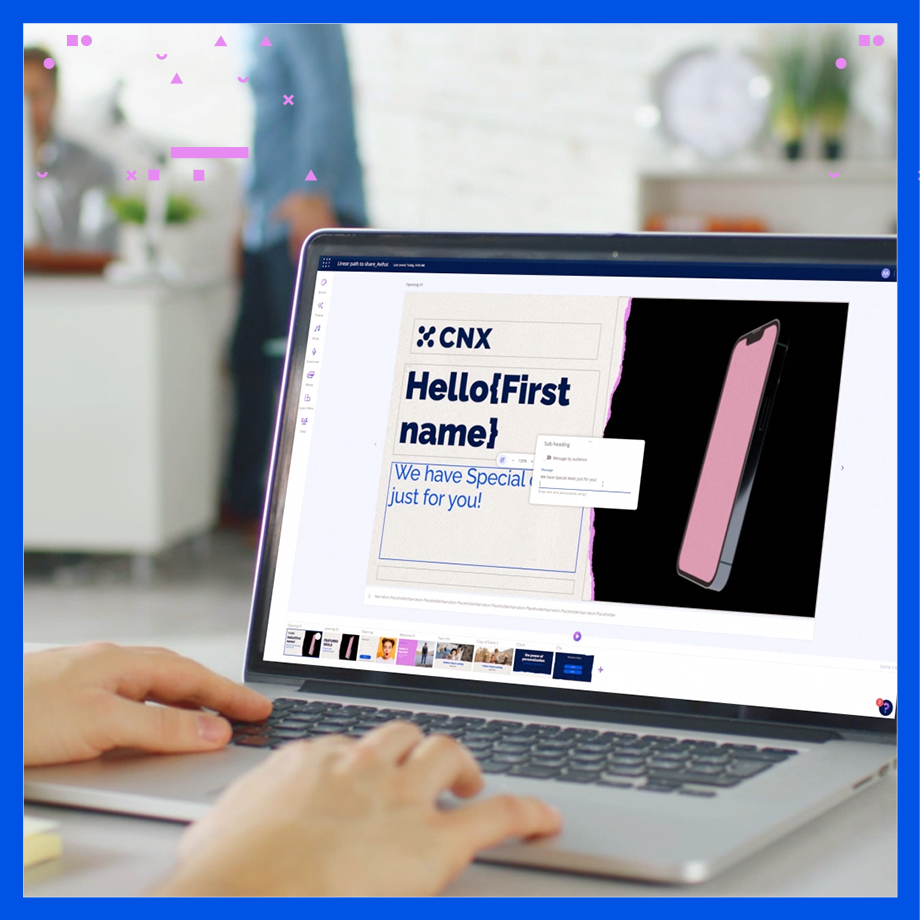Attracting and retaining customers has always been a tricky situation, but today’s fragmented climate of digitally native brands, direct-to-consumer brands, and, well, Amazon, have made the landscape more perilous than ever for enterprise brands. Many enterprise brands have chosen to pursue a digital transformation strategy to elevate customer experience and improve competitive execution. A major tenet of this strategy is to move customers from face-to-face or human-assisted engagements to primarily mobile- and digital-led experiences. Finally, most all brands are challenged with figuring out how to move from today’s transactional customer relationships to more personal relationships in the future.
So, how do brands remove the human from the process while developing a personal relationship with customers in a digital world? As we close 2018 and enter a new year, it is critical for brands to prioritize their current customer base in terms of retention, loyalty and advocacy.
Below are my 2019 predictions for how enterprise brands’ growth strategies will shift from “gross customer additions” to focus on “loyalty as the new growth” by establishing loyalty and retention as the primary drivers of “net customer additions.”
1. Marketers will stop thinking of paid media advertising primarily as an acquisition strategy and start to leverage it as a retention strategy for existing customers
One of the most important reasons to advertise to your existing customers in 2019 is to address the ‘why’ your customers are benefiting from your business. Omnichannel advertising — the practice of sequencing all paid media across channels and devices so that it is connected, relevant, and consistent with the customer’s stage in his or her life cycle — is necessary as part of a brand’s digital transformation that focuses on customer retention as a growth lever.
Part of the marketer’s job now is to use context (such as what life cycle stage the customer is at, what action did they just take, what is the next-best action they should take, etc.) to create customer interactions and drive engagement. For example, instead of re-targetting a customer based on product interest, use advertising to drive adoption and use of a new service during 1st 90-days and education on the use of digital tools.
Here’s an idea: When a new customer signs up for a cable plan, rather than immediately pushing ads to promote upgrades to premium networks such as HBO, consider targeted advertising that educates on how to set DVR recordings from the mobile app. Advertise to existing customers to show the value they receive from your brand and help them get the most of your products so that the future upsell will be better received.
2. Marketers will need to identify the touch points of their customer’s life cycle that require digital intervention or human-assisted follow-up, or some blend of these.
Personalized marketing is only going to get more personal and the possibilities for savvy marketers are truly exciting. As your brand defines parameters for customer engagement, consider how you’ll make every experience unique for each person at each stage of the customer’s journey — using a combination of content you push toward customers, and content they can pull at any time, in the moment they need it most to help them achieve their goals.
For instance, many brands are using video today to drive customer discovery, exploration, education, and support. The leading healthcare payers and insurance providers are applying personalized video experiences in the early stages of the life cycle to educate members on their new policies or plans, and to help set expectations during the claims process. Such brands are enabling a digital transformation that guides customers to achieve their goals through digital channels first, before human-assisted ones.
Still though, when a customer calls into the contact center to ask about the status of a recent claim, the call agent can also support this digital transformation by sending the customer’s specific, personalized video relevant the specific claim related question at that moment of need, and directly to the device the consumer is on.
Further, when video content is broken down in modular scenes that act as building blocks, the content can be repurposed and reused in short-form vignettes that can be pushed and pulled when customers have a specific question in the moment.
Today, for instance, when members join a new healthcare plan, they get a personalized video educating them on their individual plan parts, such as annual deductible. But fast-forward six months when a healthcare member is looking to understand her deductible after the first-half of the year.
Has she reached her annual “out-of-pocket-maximum” or is she still paying co-insurance? How much longer until she reaches that maximum amount? She logs in to her account portal to better understand, navigates to her deductible, and a bite-sized video is presented to her only including the scenes related to the deductible at that moment, but repurposing the same scenes that were used in the original welcome personalized video when she joined her plan.
3. Chatbots are a growing channel to reach the customer, but marketers can get stuck on the content to supply them. Repurposing video content into these channels will be a game changer for customer retention in 2019.
Chatbots and messenger-type channels will become more ubiquitous in 2019 (if they are not already for your industry) but they require human-assisted management or automated responses based on logic and rules.
But for brands that have an existing library of video content, or have enabled a personalized video strategy for their customer life cycle, then video can be the go-to content that is delivered via chatbot based on the customer’s inquiry.
“What is my current balance?” “How do I make a payment?” “Why should I download the mobile app?” “How do I enroll in paperless communications?” These are all customer inquiries that can be solved with a brand’s existing video content, and when injected with customer profile, behavioral and contextual data, they make for an enhanced digital experience that answers a question in the moment and creates a natural engagement with the customer.
As we venture into a new year, we’re not necessarily venturing into a new frontier: we’re still smacked in the middle of the Age of the Customer. People have high expectations for personalized, valuable, easy and enjoyable digital experiences. But we know more now than we did 12 months ago. We know more about our customers, more about what they want at each stage in the life cycle, and how, when and where they consume content. I know these trends might feel unattainable, out on 2019 horizon, but they are closer than we think and will be a growth driver for us all.
This post was originally written for and first appeared on MarTech Advisor here.







